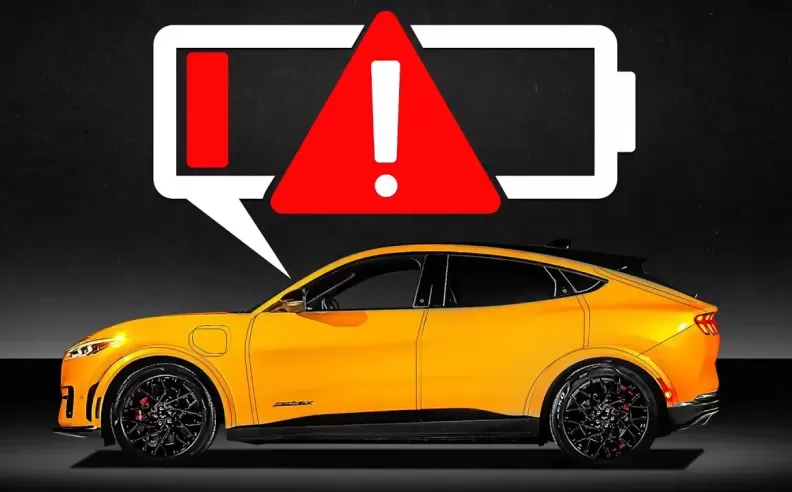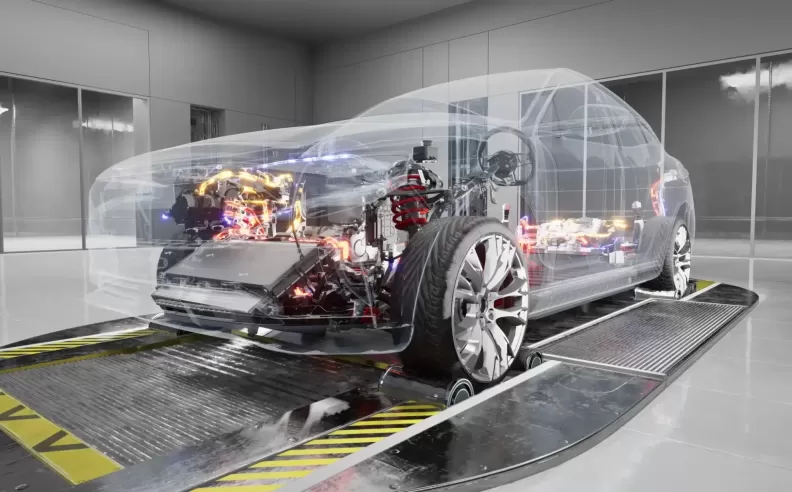
As electric cars gain popularity in Saudi Arabia and across the Gulf, more drivers are asking one thing. Can electric motors overheat like gas engines? While EVs are built on different mechanics, they still produce heat from electrical resistance and power output. Thanks to modern cooling systems, overheating rarely causes serious damage, but it can affect performance. This article explains why it happens, how manufacturers handle it, and what drivers can do to avoid it.
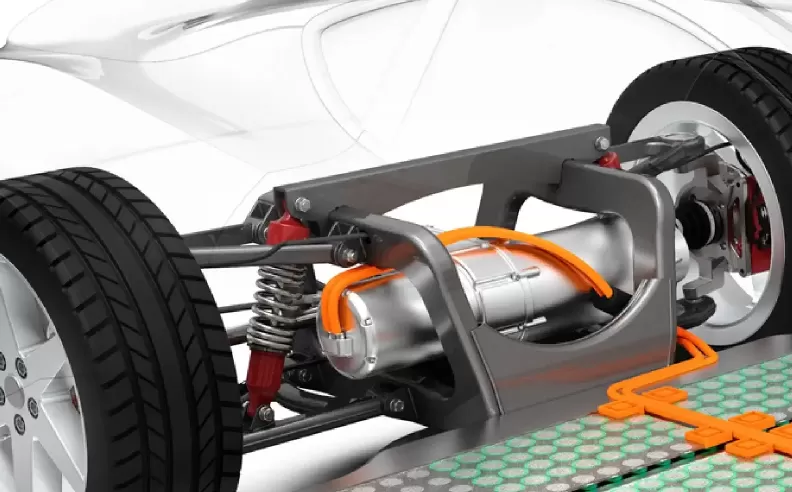
Electric car motors generate heat through normal use, especially under pressure. Just like any high-performance machine, they respond to environmental stress and how aggressively they are driven.
The most common reason is electrical resistance inside the copper windings. When the current flows through, it naturally creates heat. During fast acceleration or highway driving, the motor works harder and produces more heat. Hot weather makes this worse, especially in cities like Riyadh or Dubai. Another factor is the battery. As it discharges energy quickly, some of that heat can travel toward the motor.
While electric motors are generally more efficient than combustion engines, they still require solid heat management in extreme conditions.
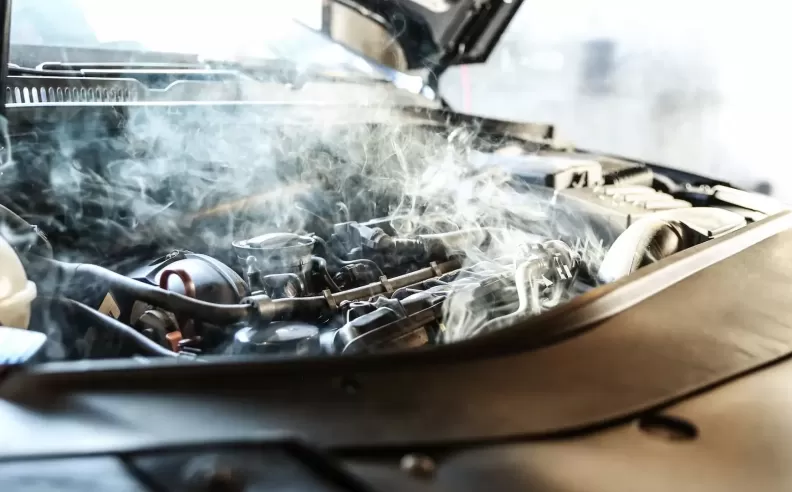
Electric vehicles are designed with smart cooling systems that prevent major damage. Most EVs use liquid cooling, where a coolant flows through special channels around the motor and battery. This helps absorb heat and push it away. Some smaller or hybrid models still use basic air cooling, but this is not enough in high-performance or full-size EVs.
In some cases, the motor shares a cooling loop with the battery. This helps balance the heat load across the whole system and gives better thermal control. If temperatures get too high, the car’s software steps in. It might reduce power to protect the motor, or shut it down temporarily if limits are exceeded. The good news is, this safety system is built in by design and works automatically.
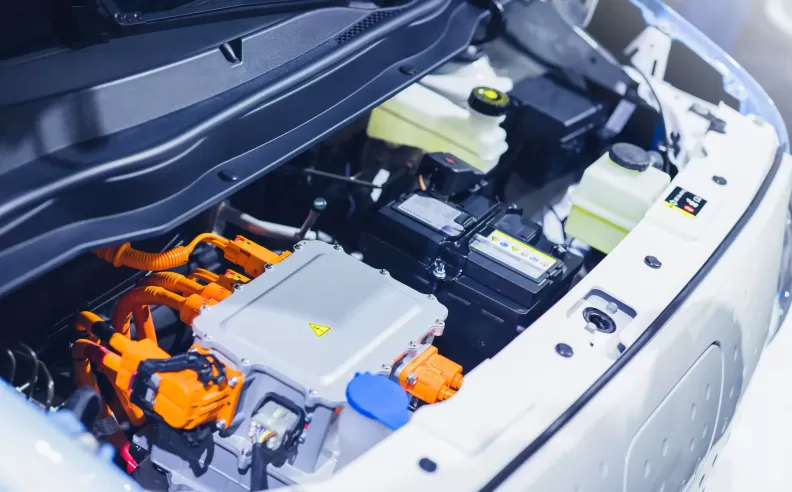
Modern EVs give clear signs when something is off. The most common alert is a warning message on the dashboard, especially during long drives or hot summer days. Drivers may also feel the car losing power or notice the acceleration drop, as the system starts protecting itself. In some cases, the cooling fan kicks in more often, or the AC works harder to push heat away from internal components.
To avoid these issues, it helps to charge the car during cooler times of the day and avoid rapid charging too often. Fast chargers create extra heat, especially when used in the afternoon sun. Long-distance driving at high speeds also pushes the motor to its limits, so short breaks can help regulate the system. Parking in shaded or covered areas, especially in summer, can reduce the thermal load. And like any car, regular checkups on the cooling system are essential.
Electric cars are smart, but heat is still a natural part of their operation. With the right habits, drivers in the Gulf can enjoy long-lasting performance without worry.

Started my career in Automotive Journalism in 2015. Even though I'm a pharmacist, hanging around cars all the time has created a passion for the automotive industry since day 1.
